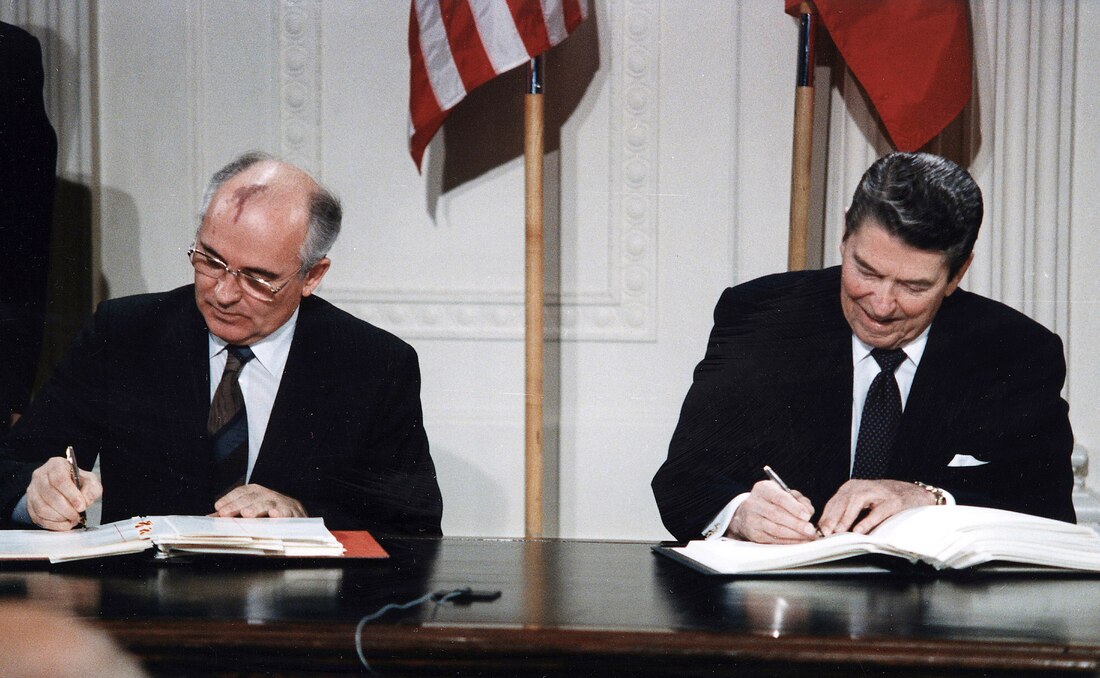|
The Washington Summit of 1987, held between the United States and the Soviet Union, was a historic event that had far-reaching consequences for the global geopolitical landscape. At the time, the two superpowers were locked in a bitter Cold War, with tensions running high over nuclear arms proliferation and other contentious issues. The summit, which was attended by US President Ronald Reagan and Soviet leader Mikhail Gorbachev, marked a turning point in the relationship between the two countries and set the stage for a series of significant developments that continue to shape the world today.
One of the most important consequences of the Washington Summit was the signing of the Intermediate-Range Nuclear Forces Treaty (INF). This landmark agreement between the US and Soviet Union banned the deployment and testing of all ground-launched missiles with a range of 500 to 5,500 kilometers. This was a significant step towards reducing the risk of a catastrophic nuclear war and helped to ease tensions between the two superpowers. The INF Treaty was seen as a major victory for President Reagan, who had long been a vocal advocate of nuclear disarmament. Another significant outcome of the Washington Summit was the establishment of the US-Soviet Joint Commission on Economic and Technological Cooperation. This body was created to promote trade and economic ties between the two countries, which had been severely strained by the Cold War. The Commission paved the way for increased trade between the US and Soviet Union, with the two countries exchanging goods and services worth billions of dollars. The Washington Summit also marked a turning point in the public perception of the Soviet Union in the US. Prior to the summit, many Americans viewed the Soviet Union as an implacable enemy, bent on destroying the US and its way of life. Reagan himself had done much to fuel this narrative, describing the USSR as an 'evil empire' on multiple occasions. However, the summit helped to humanize the Soviet leadership and demonstrate that there was a possibility for cooperation between the two countries. 'Gorbymania' started to get into full swing. This had a significant impact on public opinion in the US, with many Americans becoming more open to the idea of improved relations with the Soviet Union. Finally, the Washington Summit had important implications for the future of the Soviet Union itself. At the time of the summit, the Soviet Union was already facing severe economic and political challenges, and the summit helped to highlight these issues on the global stage. The summit also marked a shift in Soviet policy towards greater openness and cooperation with the West, which set the stage for the dramatic political changes that would follow in the years to come. In conclusion, the 1987 Washington Summit between the United States and the Soviet Union was a historic event that had far-reaching consequences for the world. From the signing of the INF Treaty to the establishment of new economic ties, the summit set the stage for a series of significant developments that continue to shape the global geopolitical landscape today. Ultimately, the summit helped to ease tensions between the US and Soviet Union and paved the way for a new era of cooperation and understanding between the two superpowers. Written by Versus History Guest Blogger Felicity Gresham. here to edit.
0 Comments
Leave a Reply. |
Categories
All
Archives
April 2024
|

 RSS Feed
RSS Feed